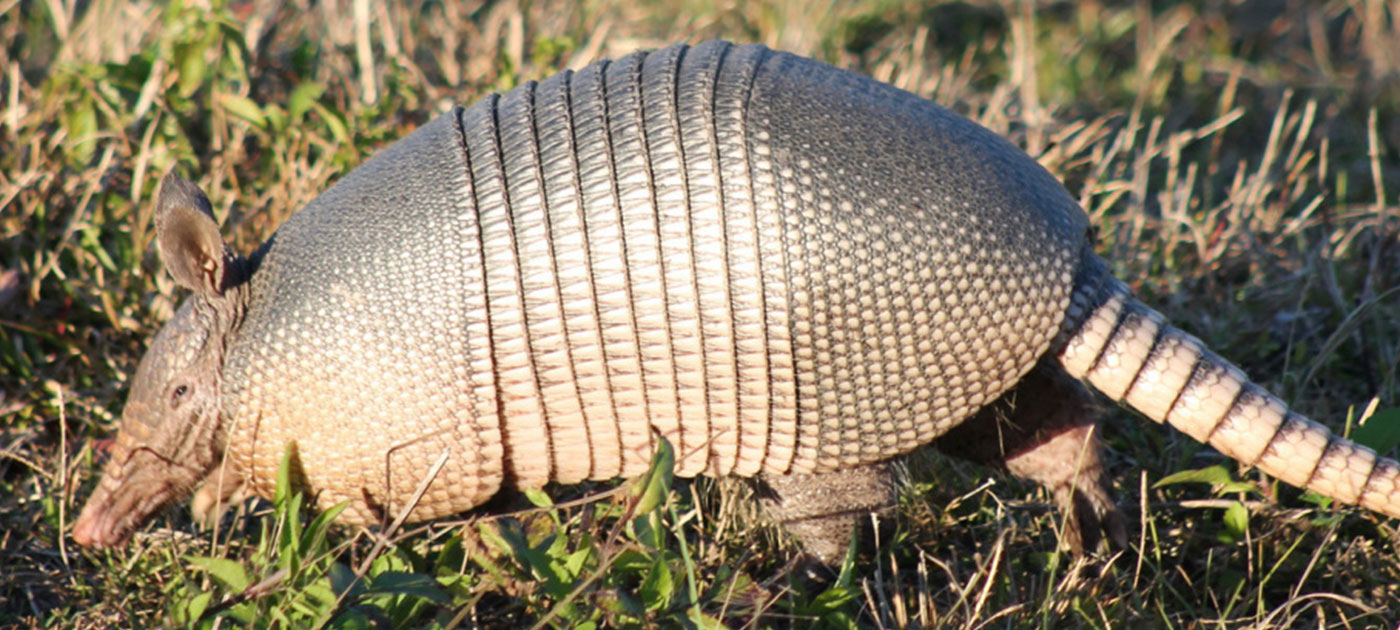Later in the day, I sat down with a sigh and started my homework. My science teacher wanted us to research the implications of studying the nine-banded armadillo for human medicine. Most students in my class held strong opinions about animal research, arguing heatedly whether or not animal models should be used in medical research. I, however, had never given the question much thought. I typed “armadillos in medical research” into the search bar on my laptop. As soon as I pressed enter on my keyboard, my ordinary day became not so ordinary.
What Can Gene Therapy in Armadillos Teach Humans?
I stared in shock at a coincidence so uncanny I thought I must have read it wrong: “Armadillo’s Bad Eyesight Could Shed Light on Human Blindness.” The article was eye-opening.
Normally when studying disorders that cause blindness in humans, scientists genetically disable cone-related genes in small animals like mice; however, these types of studies are somewhat limited because scientists can only study one gene at a time (Underwood, 2013). Studying nine-banded armadillos would give scientists a much more realistic model to test viable treatment options, such as gene therapy, a method of correcting a genetic disease by replacing defective genes with corrected copies (“What is gene therapy?,” 2014). If gene therapy were able to correct the nine-banded armadillo’s cone-related mutations, it could be adapted to correct forms of human blindness (Emerling, 2013).
A Lesson Learned and a New Source of Hope
In Brief:
- Nine-banded armadillos have very poor eyesight due to cone-related genetic mutations that occurred millions of years ago, when their ancestors lived underground.
- The genetic mutations of the nine-banded armadillo mimic certain human eye disorders, making the armadillo a great model for studying possible treatments for human blindness.
- If gene therapy can correct poor eyesight in nine-banded armadillos, it could potentially be adapted to cure blindness in humans.
This article was written by cYw18. As always, before leaving a response to this article please view our Rules of Conduct. Thanks! -cYw Editorial Staff


![["Nine-banded Armadillo" by Robert Nunnally (Edited). License: CC BY 2.0]](https://www.curiousyoungwriters.org/wp-content/uploads/2014/11/Armadillo-1024x768.jpg)
![["Gene Therapy" by National Institute of Health (Edited by Staff Illustrator). License: Public Domain]](https://www.curiousyoungwriters.org/wp-content/uploads/2014/11/Gene_therapy.jpg)